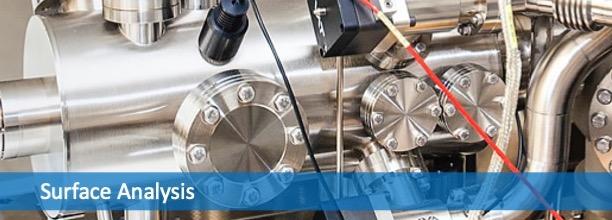
Surface Analysis
Surface analysis involves the determination of the chemical distribution and structural composition of the outermost layers of solid surfaces using X-ray photoelectron spectroscopy (XPS), ultraviolet photoelectron spectroscopy (UPS), and time of flight secondary ion mass spectrometry (TOF-SIMS). Generally surface analysis means performing a chemical analysis in the first 5-10 atomic layers of the solid surface. Surface analytical techniques are also capable of measuring variations in composition with depth.
Contact Dr Bill Gong (b.gong@unsw.edu.au) or Songyan Yin (songyan.yin@unsw.edu.au) for information on surface analysis (tel. 02 9385 4694).
Examples of applications of surface analysis:
- Surface treatments - surface modification of wool fibre
- Film technology - breakdown and depth profiles of protective films
- Metallurgy - stress corrosion cracking
- Adhesives - quality control of production processes
- Industrial catalysis - identification of catalyst poisons
- Paints and coatings - thickness and composition
- Microelectronics - impurity and dopant studies
- Biomaterials - surface roughness
- Mining - mineral composition and surface treatments
- Polymers - chemical state of surface bonds






